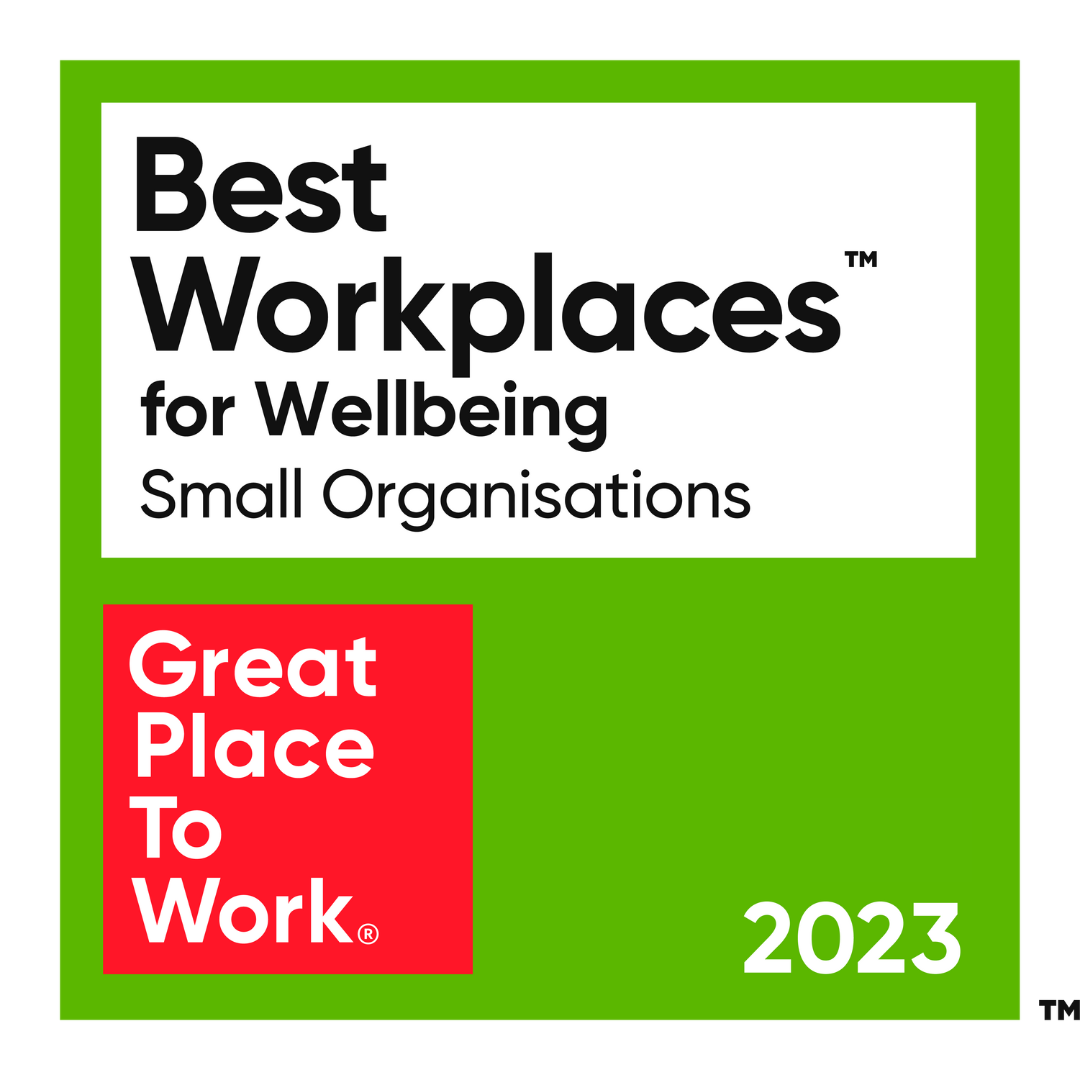By now, stories about layoffs at digital publishers are so commonplace that it seems to take a seismic shock to register their significance.
Such a moment arrived at the end of January 2019, when, in the space of about two weeks, over 2000 jobs were lost across the media; principally from digital publishers. Among the most notable of these was the news and entertainment website BuzzFeed, which announced that around 15% of its workforce (~220 employees) would be let go. In a memo written to staff, CEO Jonah Peretti attributed the layoffs to the “evolving economics of digital platforms”, and the need to “focus in on the content that is working”.
To put it in plainer terms, BuzzFeed, along with many other digital publishers, is still struggling to turn a profit. Meanwhile, the Facebook/Google duopoly continues to dominate the digital advertising market, leaving everyone else to fight over the scraps.
But we should also recall that publishers like BuzzFeed are not completely blameless. After all, it was, Jonah Peretti, CEO of BuzzFeed, who made the decision in 2015 to pursue a distributed strategy, increasing the company’s dependence on social media in exchange for audiences and income. While in the short-term, this helped supercharge the reach and virality of BuzzFeed’s content, it also helped set the precedent for a fundamentally unequal relationship between platforms and publishers.
Peretti’s hope that platforms like Facebook would fairly reward publishers for content ultimately never materialized. Instead, Facebook opened its door – and algorithm – to myriad publishers that flooded the site with cheap content, including thousands of ‘fake news’ stories that helped spawn numerous political crises around the world. In the intervening period, Facebook has taken some small steps to address these issues, but by and large, they have mitigated against these problems by changing their algorithm: to prioritize posts from family and friends while simultaneously weakening the reach of content shared by publishers and brands.
In the wake of these changes, several publishers, including BuzzFeed, noted dramatic drop-offs in referral traffic. And it is ultimately as a consequence of such changes that the media industry appears to be going through another round of painful readjustment.
Moving forward, perhaps the most serious question is whether ad-based media companies have any future at all. Perhaps, as Ben Thompson mused in Stratechery, the best solution would be for publishers to go around platforms, and not work with them. BuzzFeed, along with several other publishers, are seriously exploring this option, focusing on other ways to monetize their content while also building out new revenue streams.
Whether this is enough to ‘solve’ the current crisis remains to be seen. Nonetheless, what seems to be clear is that we are entering a new dawn in digital publishing: where the focus is on sustainability and profitability rather than aggressive growth. An important factor in this step change is the absence of venture capital investment in digital media, which, by some estimates, has been in decline for the last four years. Now that the well has run dry, publishers are under more pressure to turn a profit, leading to greater conservatism and a succession of painful cost-cutting measures.
From an advertising perspective, the ongoing struggles of the media industry provide an opportune moment for marketers to reflect on the quality and integrity of their partnerships with publishers. At the level of brand safety, it’s important to make sure your advertising is appearing on the websites of quality publishers. One option would be to increase direct publisher buying, which, despite being more labour intensive, can provide access to exclusive inventory and data sets not otherwise available. If buying media through an ad exchange is still preferable, then it is important to push for greater transparency with your media partners to ensure they are paying for high quality inventory and rewarding publishers fairly.
Equally, there is an onus on publishers to improve their advertising offering. For example, by pooling their resources to get better identity and purchase data. Alternatively, they could focus on developing new advertising products and measurement standards that allow advertisers to better connect with consumers and reach their goals. The recent decision by BuzzFeed, Vice, and Group Nine to create a global standard for online video measurement, looks like a step in the right direction.






COMMENTS